
The Orange River Colony was the British colony created after Britain first occupied (1900) and then annexed (1902) the independent Orange Free State in the Second Boer War. The colony ceased to exist in 1910, when it was absorbed into the Union of South Africa as the Orange Free State Province.

Transnet Freight Rail is a South African rail transport company, formerly known as Spoornet. It was part of the South African Railways and Harbours Administration, a state-controlled organisation that employed hundreds of thousands of people for decades from the first half of the 20th century and was widely referred to by the initials SAR&H. Customer complaints about serious problems with Transnet Freight Rail's service were reported in 2010. Its head office is in Inyanda House in Parktown, Johannesburg.

The South African Railways Class 13 4-8-0TT of 1905 was a steam locomotive from the pre-Union era in Transvaal.
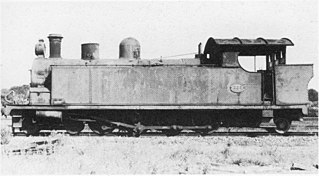
The South African Railways Class H1 4-8-2T of 1903 was a steam locomotive from the pre-Union era in Transvaal.
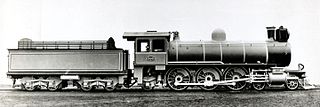
The South African Railways Class 9 4-6-2 of 1904 was a steam locomotive from the pre-Union era in Transvaal Colony.

The South African Railways Class 8A 4-8-0 of 1902 was a steam locomotive from the pre-Union era in Transvaal.

The South African Railways Class 8B 4-8-0 of 1903 was a steam locomotive from the pre-Union era in Transvaal Colony.

The South African Railways Class 7B 4-8-0 of 1900 was a steam locomotive from the pre-Union era in Transvaal.
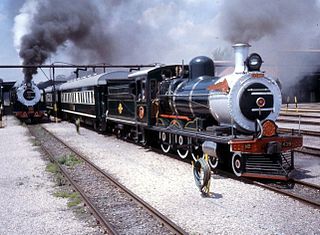
The South African Railways Class 6 4-6-0 of 1893 was a steam locomotive from the pre-Union era in the Cape of Good Hope.

The South African Railways Class 6C 4-6-0 of 1896 was a steam locomotive from the pre-Union era in the Orange Free State.
The South African Railways Class 6E 4-6-0 of 1898 was a steam locomotive from the pre-Union era in the Orange Free State.

The South African Railways Class B 0-6-4T of 1893 was a steam locomotive from the pre-Union era in Transvaal.

The South African Railways Class D 2-6-4T of 1898 was a steam locomotive from the pre-Union era in Transvaal.
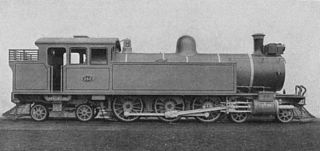
The South African Railways Class F 4-6-4T of 1904 was a steam locomotive from the pre-Union era in Transvaal Colony.
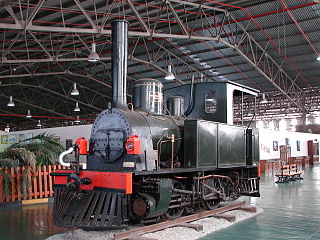
The NZASM 14 Tonner 0-4-0T of 1889 was a South African steam locomotive from the pre-Union era in Transvaal.

The Pretoria-Pietersburg Railway 35 Tonner 4-6-0T of 1887 was a South African steam locomotive from the pre-Union era in Transvaal.

The Central South African Railways Class C 2-8-4T of 1900 was a South African steam locomotive from the pre-Union era in Transvaal.

The Central South African Railways Class E 4-10-2T of 1901 was a South African steam locomotive from the pre-Union era in Transvaal.

The Cape Government Railways 5th Class 4-6-0 of 1890 was a South African steam locomotive from the pre-Union era in the Cape of Good Hope.
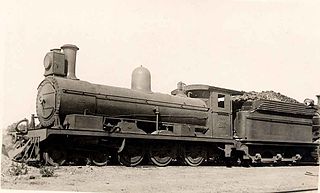
The Cape Government Railways 5th Class 4-6-0 of 1891 was a South African steam locomotive from the pre-Union era in the Cape of Good Hope.



















